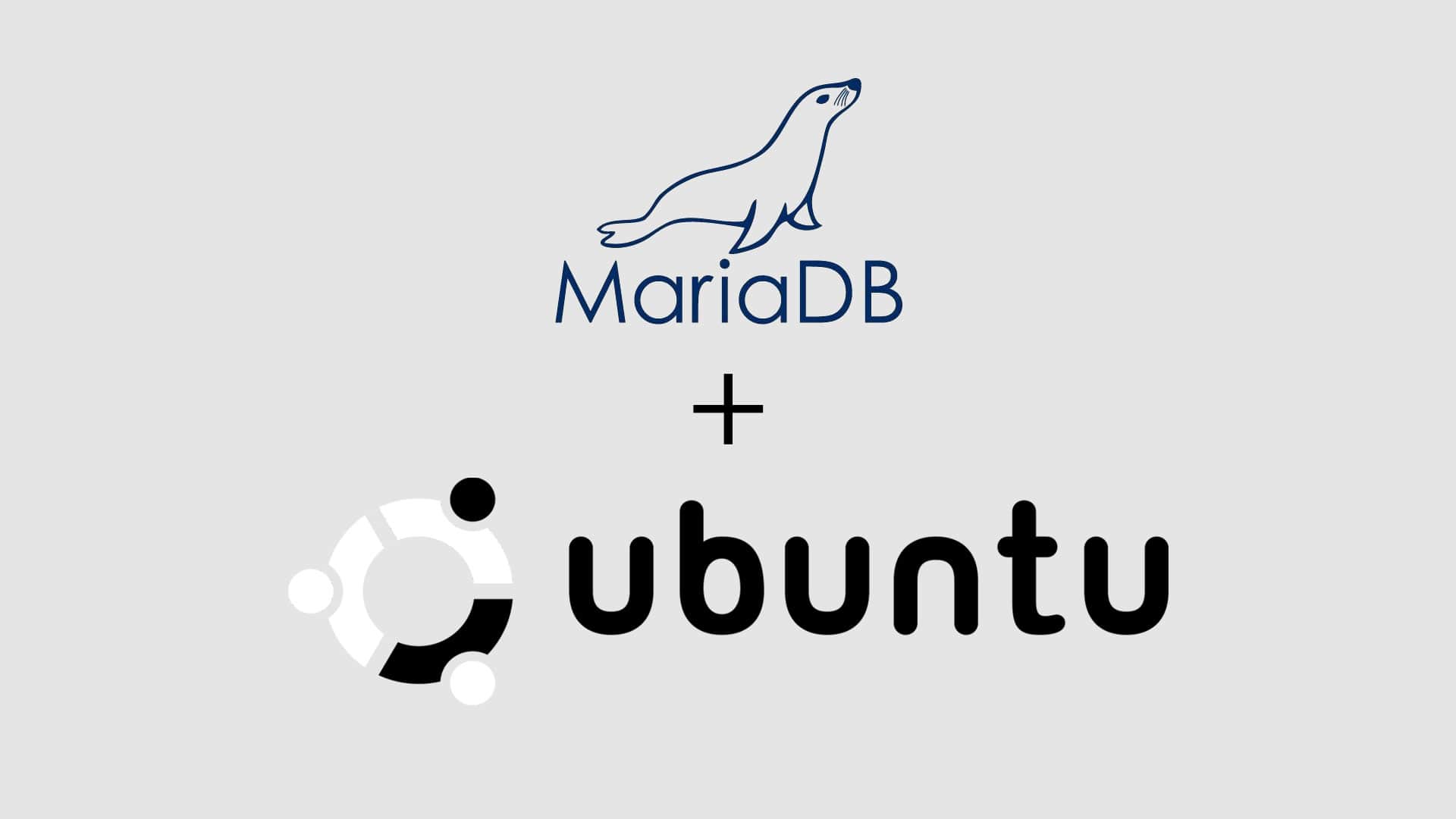Tag: Tutorial

The MariaDB server is a popular, open-source relational database known in the standard repositories of all major Linux distributors.
How to Use React Spring
What is React Spring?
React Spring is an animation library that simplifies user interface (UI) animations. The animations have a natural look and feel due to their reliance on spring physics.
How to Install and Set Up OpenBSD
OpenBSD is a free and open source, Unix-like operating system with a focus on security. It is based on the Berkeley Software Distribution (BSD). In this article, we will look at how to set up a simple OpenBSD server for purposes such as:
What is VMware HA and DRS?
Downtime for any web professional leads to upset customers, management pressure, lost profits, and damages to a business’s reputation. VMware high availability (HA) with distributed resource scheduler (DRS) capabilities help to mitigate downtime while keeping all virtual machines (VMs) running optimally. We will discuss VMware HA and DRS and why you should choose VMware for any business.
How to Install MediaWiki on CentOS 7
This tutorial will cover what MediaWiki is and how to install MediaWiki on CentOS 7, from downloading the latest version to database creation and installation completion.
What is Wireshark?
What is Wireshark?
Wireshark is a cross-platform network protocol analyzer authorized under the GNU general public license. Authored by Gerald Combs, the project was originally named Ethereal project in the late 1990s while working for a small Internet service provider.
How to Install Pandoc on CentOS 7
What is Pandoc?
Pandoc is an open source command-line utility that serves as a format converter, changing files between markup languages. It was created in 2006 by John MacFarlane and written in Haskell. This tool is compatible with Windows, CentOS, and most Unix-like systems.
Introduction
PuTTY is the de facto standard used to connect to Linux devices from Windows. The best way to use PuTTY is with secure shell (SSH) keys. People prefer to use PuTTY with SSH keys so that they don’t have to remember their SSH password. Using PuTTY enables users to use stronger passwords that prevent password compromises resulting from brute force attacks.
How to Install Rocket.Chat on CentOS 7
An essential part of any company's success is effective internal and external communication with its clients and partners regardless of the company's size. But, of course, there must be a communication balance.
Understanding Load Balancing for Web Servers
Websites and applications with a large amount of traffic will benefit from load balancing. We will dive into what it is, the methods of load balancing, its benefits, and its uses for load balancing.
Our Sales and Support teams are available 24 hours by phone or e-mail to assist.


